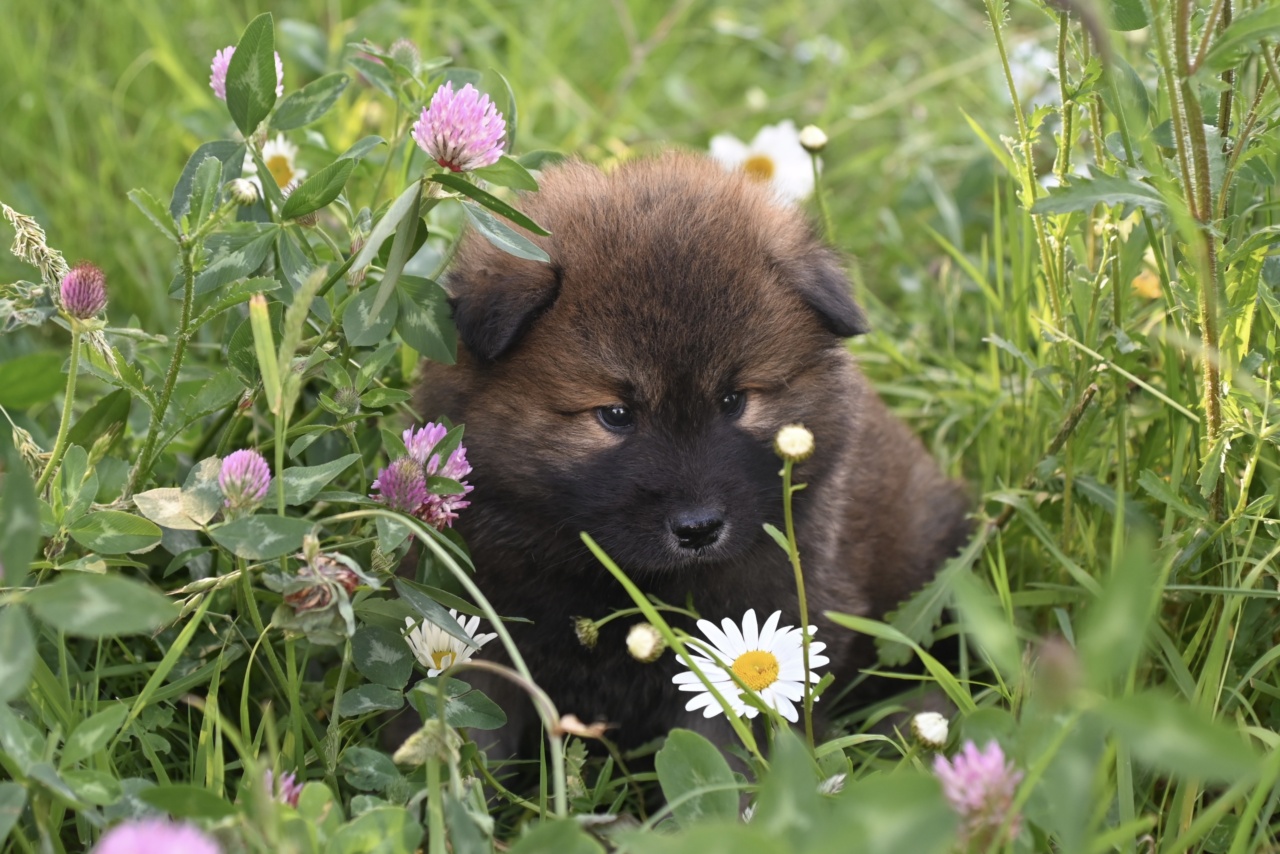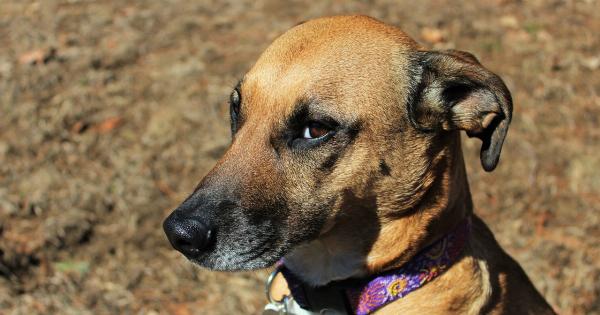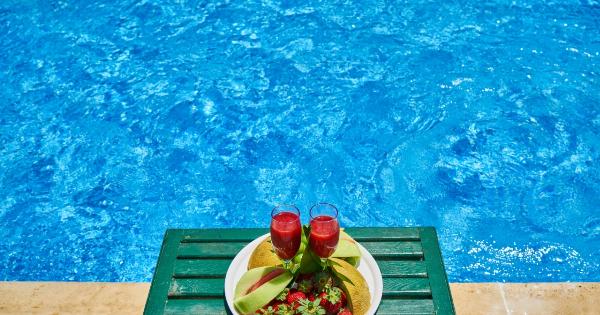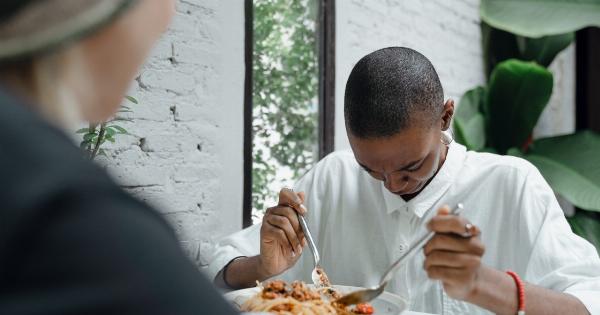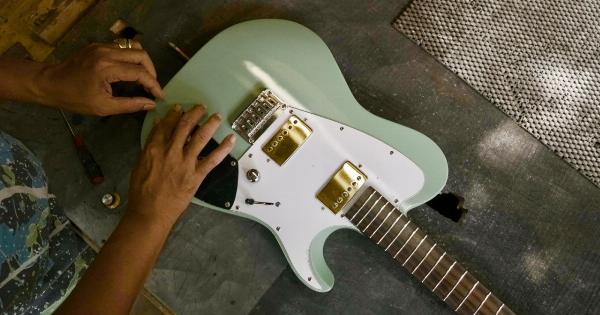Bringing home a new puppy is an exciting and joyful experience. However, one of the first challenges you’ll face is housebreaking your furry friend.
While it may seem daunting at first, with patience, consistency, and effective methods, you can successfully teach your puppy proper bathroom etiquette. In this article, we will explore some tried and tested techniques to help you housebreak your puppy.
1. Establish a Routine
Creating a routine for your puppy is crucial in the housebreaking process. Puppies thrive on consistency, so aim to establish a structured schedule for feeding, potty breaks, and playtime.
Having fixed meal times will regulate your puppy’s digestive system, making it easier to predict when they need to relieve themselves.
2. Use Positive Reinforcement
Puppies respond best to positive reinforcement, so remember to reward good behavior. Whenever your puppy eliminates in the designated potty spot, offer verbal praise, a treat, or playtime as a reward.
This positive association will encourage your puppy to repeat the desired behavior and make housebreaking more efficient.
3. Supervise and Restrict Access
During the early stages of housebreaking, it’s essential to supervise your puppy constantly. Keep them in a confined area of the house, such as a crate or a small room, to prevent accidents and provide easier supervision.
As your puppy becomes more reliable, gradually expand their access to other areas of the house.
4. Pay Attention to Signs
Puppies usually show signs when they need to relieve themselves. These signs may include sniffing the floor, circling, or starting to squat.
Observing and recognizing these cues will allow you to intervene and redirect your puppy to the appropriate outdoor spot or designated indoor area.
5. Establish a Potty Spot
Determining a specific spot outdoors for your puppy’s bathroom needs is essential. Take your puppy to this spot consistently after meals, playtime, waking up, and before going to bed.
The familiar scent will serve as a trigger for them to relieve themselves. Be patient during these outings, as puppies may need some time to find the perfect spot.
6. Create a Command
Using a specific command while your puppy eliminates will help associate the action with the verbal cue. Choose a simple word or phrase like “go potty” or “do your business” and use it consistently during bathroom breaks.
Over time, your puppy will learn to associate the command with the desired behavior.
7. Clean Accidents Properly
Accidents are bound to happen during the housebreaking process, so it’s important to clean them up properly.
Use an enzymatic cleaner to eliminate any remaining odor, as dogs have a keen sense of smell and may be drawn to the same spot if they detect any traces of previous accidents. Avoid using ammonia-based cleaners, as they can mimic the scent of urine.
8. Be Patient and Consistent
Housebreaking takes time and consistent effort. It is crucial to remain patient and avoid punishing or scolding your puppy for accidents. Negative reinforcement can create fear or anxiety, hindering the learning process.
Instead, focus on positive reinforcement and consistent training, celebrating small victories along the way.
9. Utilize Crate Training
Crate training can be an effective method for housebreaking, as dogs naturally avoid soiling their sleeping area. Ensure the crate is appropriately sized for your puppy, allowing them to stand up, turn around, and lie down comfortably.
Use positive reinforcement and make the crate a positive and inviting space, gradually increasing the duration your puppy spends inside.
10. Monitor Water Intake
Keeping an eye on your puppy’s water intake can help you predict when they might need to go outside. Avoid leaving out a constant water supply, especially close to bedtime or when you’ll be away for more extended periods.
Instead, offer water during meal times and regular intervals, ensuring your puppy stays hydrated without overloading their bladder.
By implementing these effective methods and techniques, you can successfully housebreak your puppy and establish good bathroom habits.
Consistency, patience, positive reinforcement, and a structured routine will set the foundation for your puppy’s overall behavior and ensure a happy, healthy, and well-trained companion.
